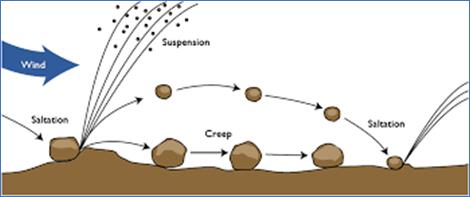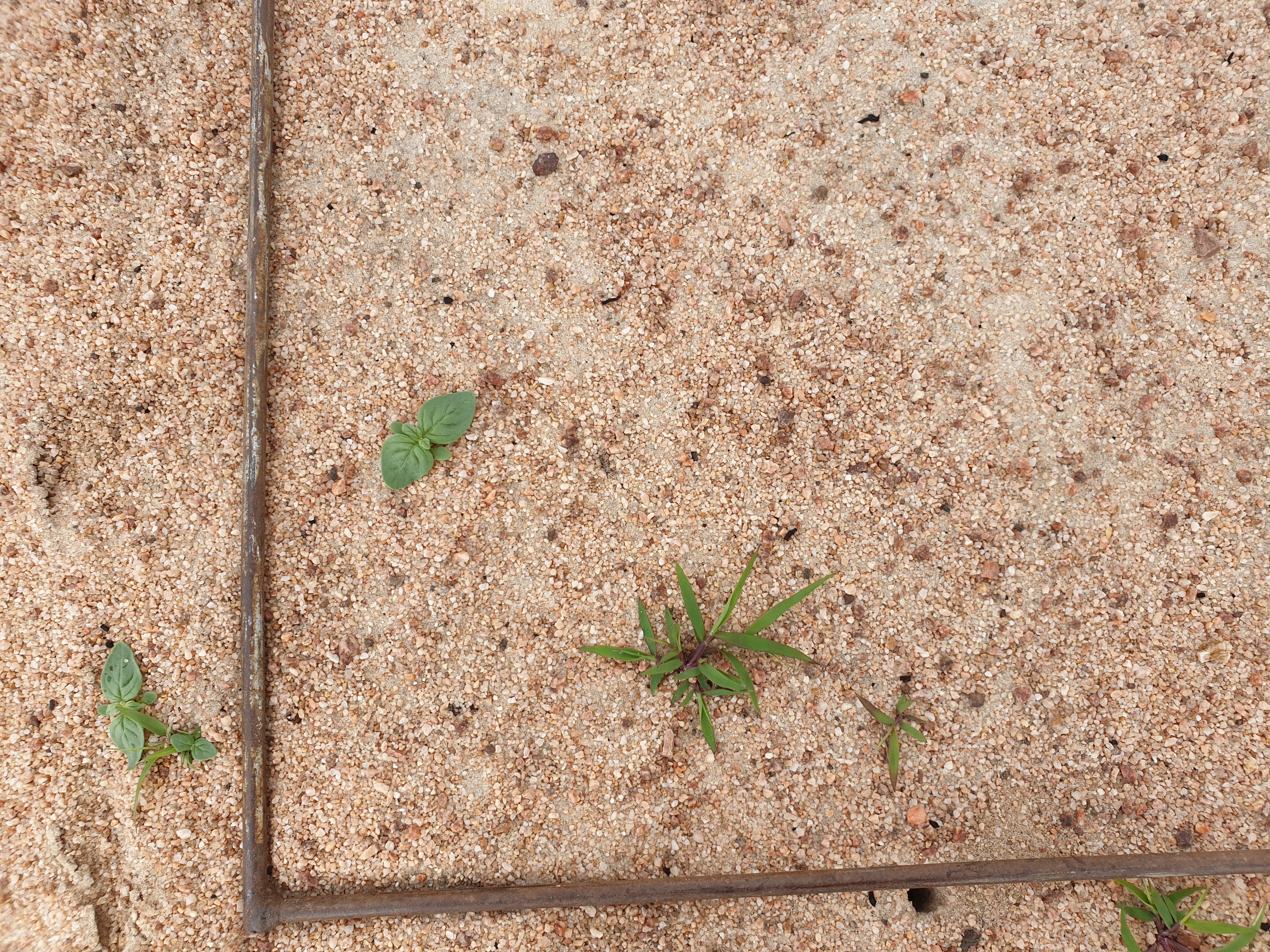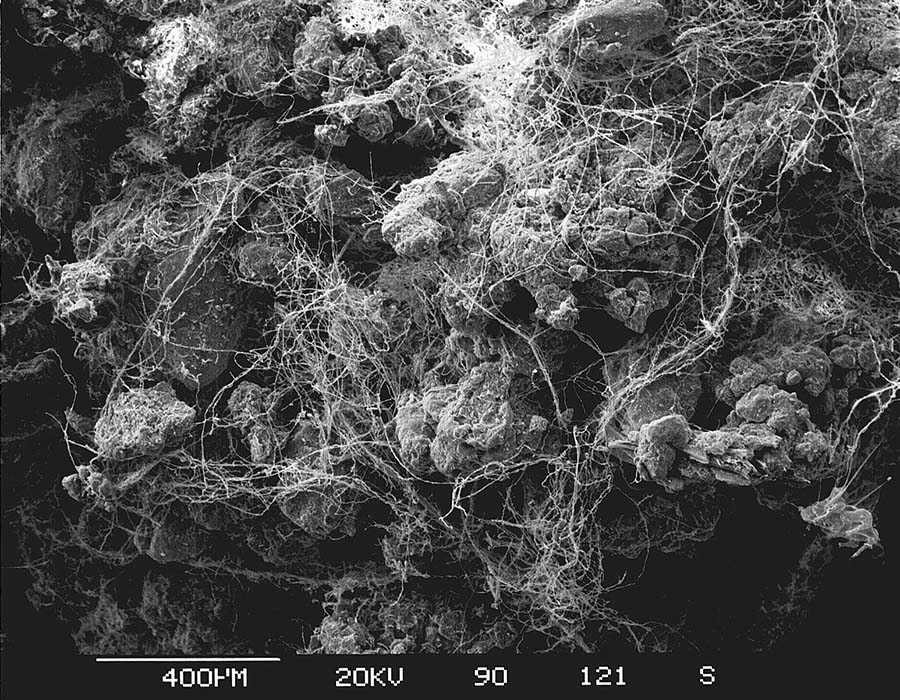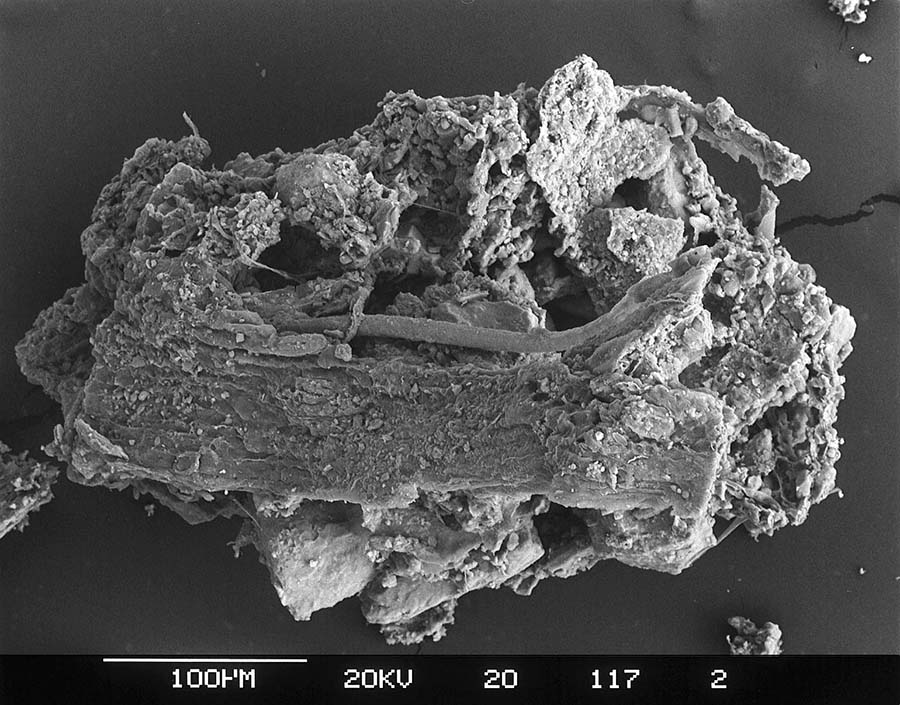Key points
- Mallee sands are extremely vulnerable to wind erosion due to their lack of aggregation and poor fertility
- Erosion risks increase through drought as soil cover diminishes and soil disturbance is increased
- No-till farming systems help bind soils together due to increased soil biology
- Farmers with livestock need to carefully monitor paddocks and keep soil cover levels above 60% to keep their paddocks safe
- Eroded soils can be repaired and protected even through extended drought conditions in the low rainfall zones
- Proactive monitoring and careful management are essential for successful paddock rehabilitation.
The project
Following successive years of drought across low rainfall areas of South Australia, Victoria, and New South Wales, local farmers were seeking information on ground cover improvement strategies to support soil preservation. Eight growers from across the regions were involved in monitoring paddocks for 20 months, from 2020 to 2022.
Wind erosion in sandy soils
How wind erosion happens
Wind erosion occurs when strong winds cause coarse soil particles to move and bounce. This disturbs soil fines and causes them to be suspended and lost into the atmosphere (Figure 1).

Figure 1: Wind erosion process of saltation and suspension. Photo: Supplied.
During a strong wind event, the rate of soil fines being lost decreases over time, leaving only coarse sand grains on top.
 Coarse sand particles left after fertile fine particles have blown away. Photo: Supplied.
Coarse sand particles left after fertile fine particles have blown away. Photo: Supplied.
Every subsequent cultivation or overgrazing brings more fines to the surface, which can be blown away during the next wind event.
Some parts of paddocks, for example, sand hills, are considered more vulnerable to wind erosion than others.
With extended dry periods and continued wind events, it is often these areas which are the location of ‘blowouts’ and widespread erosion (main image).
The value of soil cover and good aggregation
Maintaining high levels of Soil Cover and Dry Aggregation (DA – a measure of the dry soil fraction retained when passing topsoil through a 0.85mm sieve) can protect vulnerable soils from wind erosion.
Soil cover and DA percentages greatly influence the erosion risk and understanding the relationship between the soil cover and DA is useful for determining management strategies.
For a medium erosion risk target, the soil cover minimum required is approximately 50% and dry aggregation 30% (Table 1).
As soil DA levels fall, higher levels of soil cover are required to control erosion.

Table 1. Soil erosion risk matrix based on dry aggregation and ground cover. Source: Mallee Soil Erosion and Land Management Survey, Late Summer 2018, Wimmera Catchment Management Authority.
Soil characteristics of monitored paddocks
Sandy soils inherently have a low DA making them vulnerable to wind erosion due to their lack of clay content, soil structure and low fertility. They also have a tendency to harden or compact which is production-limiting. The loss of fine clay particles and organic matter to wind erosion further reduces the sandy soils’ ability to grow and maintain soil cover, which increases its risk of exposure and potential for erosion .
Soil fines include clay particles, silt and organic matter. This is the most fertile fraction of the soil, as it has a higher surface area, resulting in greater cation exchange capacity, in contrast to the coarser sand component. Soil fines are therefore critical for enhancing nutrient exchange and moisture retention with growing plant roots. Mallee Wind Tunnel Research in the 1990s(*1) found that fines lost from sandy soils contained up to 12 times the fertility of the soil left behind.
The sandy eroded soils at project monitoring sites showed a severe depletion of soil fines. Soils classified as sands can have up to 5% clay content, while a loamy sand has approximately 5% clay.
Some loamy soils can also be susceptible to wind erosion. Upon drying and when disturbed by cultivation or excessive grazing, they can quickly break down to fine dust. Chemical constraints such as high carbonate levels (marly loams) and high pH can also limit plant growth and reduce soil cover through drier periods, increasing wind erosion susceptibility.
Soil disturbance and grazing impacts
Well-managed no-till farming systems can improve soil fertility by growing and returning high levels of plant residues to the soil, which increases microbial biomass. This microbial biomass can assist soil structure, improve soil porosity and increase DA.

Fungal hyphae holding soil onto cereal crop stubble as part of water stable aggregate from stubble retention plots at Waikerie, South Australia, 2000. Photo: source Gupta V.V.S.R., CSIRO Ag & Food, Urrbrae, SA 5064.

A water-stable aggregate with particulate organic matter and hyphae (right). Soil material used in this photo was collected from the long-term experiment at Waite campus, August 1999. Photo: source Gupta V.V.S.R., CSIRO Ag & Food, Urrbrae, SA 5064.
The broadacre monitoring project
To provide local and relevant paddock information, 33 sites on eight farms across Victoria, South Australia and New South Wales were monitored for 20 months, with each grower implementing proactive rehabilitation strategies to improve ground cover and preserve soils. All project paddocks were also monitored using Landsat satellite imagery supplied by CSIRO to assess monthly soil cover changes.
Project site characteristics
At the commencement of the monitoring period, sampling was conducted to determine silt, sand and clay percentages, with site averages reported in Table 2. The lower clay content present, on average, at all sites in comparison to the normal clay content range for the soil class suggests significant fines have been eroded from these soils over time.
Table 2: Average soil texture contents from monitored sites
| South Australian sites | Victorian & NSW sites |
|---|---|
| 17 sites were monitored | 16 sites were monitored |
Sandy soils: | Mixed 'red' sands: - averaging 3.5% clay - an average 0.2% organic carbon |
| N/A | Marley sandy loams: - measured 9-14% clay within the topsoil - high in carbonate and often sodic - an average 0.4% organic carbon |
Key project highlights
All participating growers were successful in re-establishing wind-eroded soils through a range of practical strategies in decile one years and following a run of dry seasons. Overarching project findings include:
- Assessing soil cover levels in September can indicate whether paddocks are at risk for drought periods that may follow. This will inform strategic management decisions into summer and the following season.
- Results showed very clear trends at most sites that soil cover levels achieved in September of >60% are likely to remain safe from wind erosion with >30% in the following autumn. However, where the onset of dry periods had led to less than 50-60% cover in spring, then these vulnerable sites suffered significant erosion and degradation, often for multiple years.
- Livestock farmers need to rely on maintaining soil cover as their primary defence against wind erosion, rather than DA. Grazed paddocks generally showed a 15% lower DA compared to ungrazed paddocks, due to trafficking, often keeping them at medium to high erosion risk levels moving into summer. Growers using no-till and zero-till (disc) cropping systems built and maintained DA on eroded sandy sites to levels of 25-40% due to minimal topsoil disturbance.
- At two project sites where clay was initially delved to the surface and mixed in, DA increased to levels between 30 and 50%. There was also clear evidence of increased crop growth resulting in safe levels of soil cover.
- The application of chicken manure when establishing crop on recently re-levelled soil, as well as on a bared out sandhill, showed immediate increases to DA of between 28 to 35%, initially producing a distinct crusty surface layer which helped protect the soil as well as fertilise the crop.
- Despite the late breaking Decile 1 rainfall season of 2021, two SA Mallee farmers achieved excellent levelling and rehabilitation of eroded land through careful management. However, in the more marginal environment, one NSW farmer had to wait a further season for adequate moisture conditions to achieve his successful paddock recovery.
For more information on overcoming wind erosion during and following drought including early project monitoring details.
Participating growers
Read about the growers involved and their key takeaways to reduce wind erosion risks enhance low rainfall system sustainability.
Proactive groundcover maintenance:
- Proactive soil cover strategies within sustainable continuous cropping programs – including pulses! (Robin Schaefer, Loxton,SA)
- Combining cropping and sheep in the Millewa (Chris Hunt, Millewa, VIC).
Repairing wind eroded land:
- Repairing severe blowouts at Walker’s Flat in a decile 1 season (Brenton Schober, Borrika, SA)
- Re-levelling blowout areas for effective seeding and harvest (Brenton Schober, Borrika, SA)
Addressing sub-soil constraints:
- Changing sands mechanically and biologically to support drought resilience (Ben Ranford, Cleve, SA)
Soil monitoring and erosion control planning:
- Cropping land restoration and the learns following successive years of drought in NSW (Nigel Baird and Ben Pollard, Wentworth, NSW)
- Rules of thumb for optimal cropping paddock management (Ben Pollard, Wentworth, NSW)
Livestock management strategies
- Livestock management strategies safeguarding against wind erosion (Ed Hunt, Wharminda, SA)
References
(1)Leys, J., P. Butler and C. McDonough (1993). Wind Erosion Research at Borrika in the South Australian Murray Mallee, Dept of Conservation and Land Management, NSW.

























































